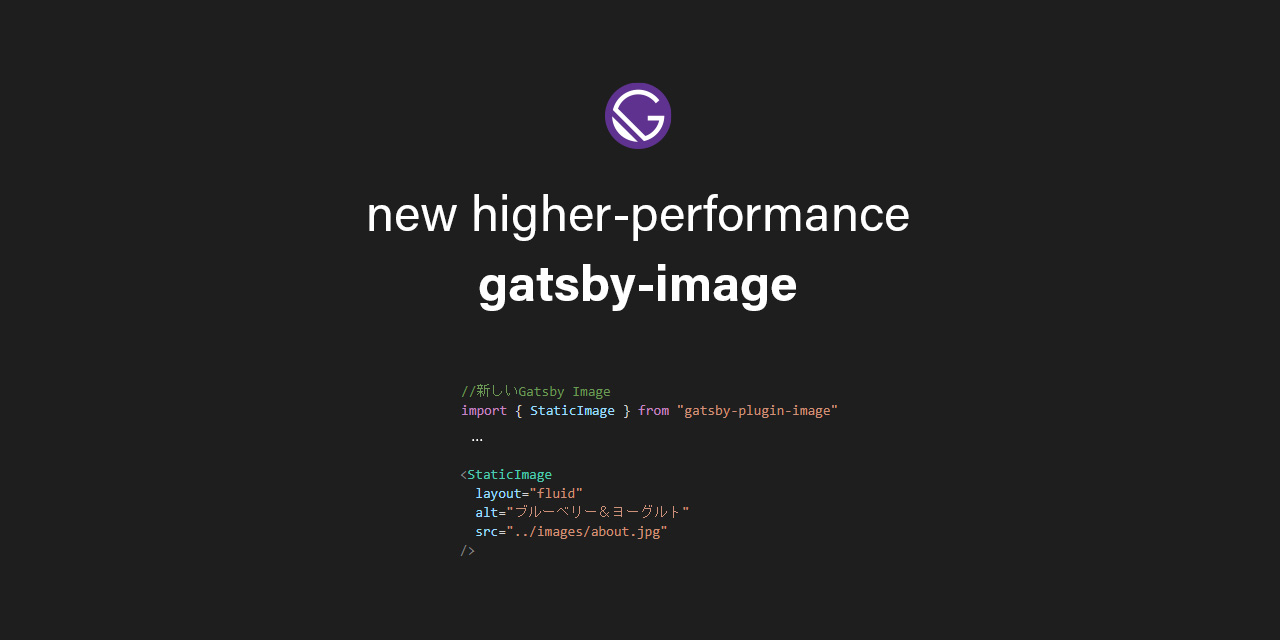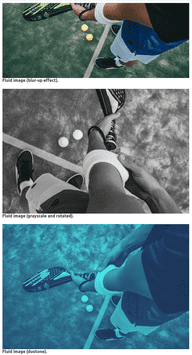
Now let's investigate what do we actually need to make this work. Complexity of plugin based processing pipeline makes it a bit harder to understand than good old static site generators. Looking back I would compare Gatsby to Webpack. Getting started with something as complex as Gatsby.js is always a challenge. Yeah sure, but they didn't use it together with Netlify CMS while using beta of v2 :) Now with Gatsby v2 released things are a bit easier. I thought “Everyone talks that I can have out of the box responsive images and other cool things!”. The most popular feature, at least from my point of view, is Image Processing with gatsby-transformer-sharp. Consuming the imagesĬontrary to the StaticImage example, GatsbyImage accepts an image prop.Time has come and even I got the opportunity to try out currently trending Gatsby.js static site generator. If that's not possible, this option is for you. Gatsby allows us to do some transforms too:įrankly, Gatsby is a bit notorious for its build times, so I would advise to do a pre-processing to avoid transforming the same images again and again. Here are the first three options side to side. Looks better with the background prop set.

Up to recently, if you didn't want to go the GraphQL route, you were all out of luck. Thankfully, Gatsby offers some nice utilities, bundling all the steps required into a single tool-chain, letting us focus on other things. That we don't cause layout movements, as the images abruptly load.

That we don't load all the page at once, consuming bandwidth, when the visitor might not even scroll to see most of the pages.That we serve modern image formats when possible.That we serve the right image based on the device pixel density.

That the images are properly resized for each screen.If you were to include an image on a website, you have to assure:


 0 kommentar(er)
0 kommentar(er)
